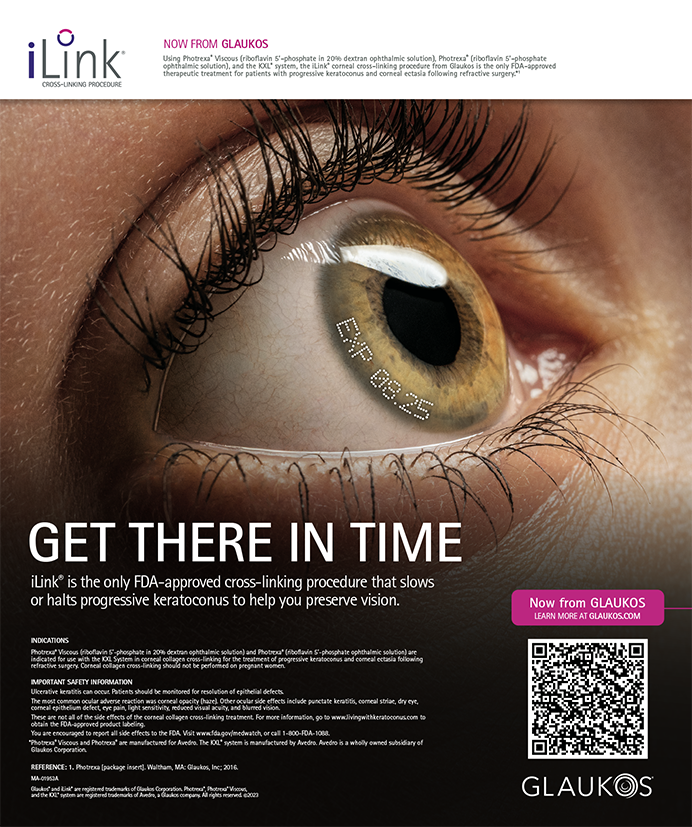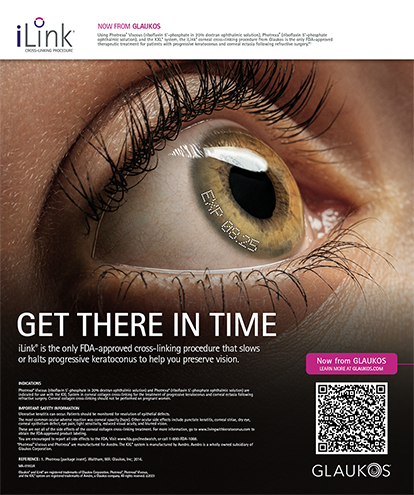Refractive surgery is not a static entity, a fact that in part advances this incredible, vital field that offers so much to patients with refractive disorders. Along that line, our contributors to this month's edition of Cataract & Refractive Surgery Today present solutions to problems associated with corneal refractive surgery, address issues that continue to concern them, and prognosticate where the specialty will be 1, 3, and 5 years from now.
I would like to share a few items of interest to me regarding LASIK during the last 4 years. Without a doubt, the technology is growing more complex. When it debuted, surgeons treated myopic sphere only. Now, we treat all refractive errors: myopia, hyperopia, astigmatism, mixed astigmatism, and presbyopia. The complexities of discussing these issues become harder to communicate in ascending order between physicians, let alone with staff and certainly with patients. If you add wavefront sensing, Zernike polynomial expansion, Fourier analysis, and higher-order aberrations to the discussion, 99% of people will zone out, regardless of educational status.
In essence, all patients want is great vision, and surgeons want the tools to deliver it. Does a surgeon have to understand all aspects of the technology? Well, put it this way: for anyone over the age of 40 who as a teenager tried to lift the hood and work on his car, it was a task that could conceivably be accomplished. One could find and change the air and oil filters and maybe even go all out and change the spark plugs. The last time I looked under the hood of my car, I could not even tell there was a combustible engine present. In fact, it took me 4 years to find the battery. Yes, it was in the trunk. I know others who sold their cars before they ever found the battery, so in comparison I did not feel so incompetent. The same scenario applies to the laser, keratome, wavefront analyzer, etc., as the technology becomes exponentially complex.
So where does the surgeon fit in? He will always fill the gap between technology and the patient's experience. Skill will always be required in navigating a patient from ametropia to postoperative happiness. All patients care about is that the procedure worked, they had little down time, and there was minimal pain and disruption to their lives. It is our task to be the captain of the ship, regardless of the weather, and bring them back into port in good shape.
I am hopeful that this edition of CRSToday will be as enjoyable to read as it was for our contributors to provide updates on LASIK, solutions to current issues, and forecasts for our near future in the field of vision restoration.


